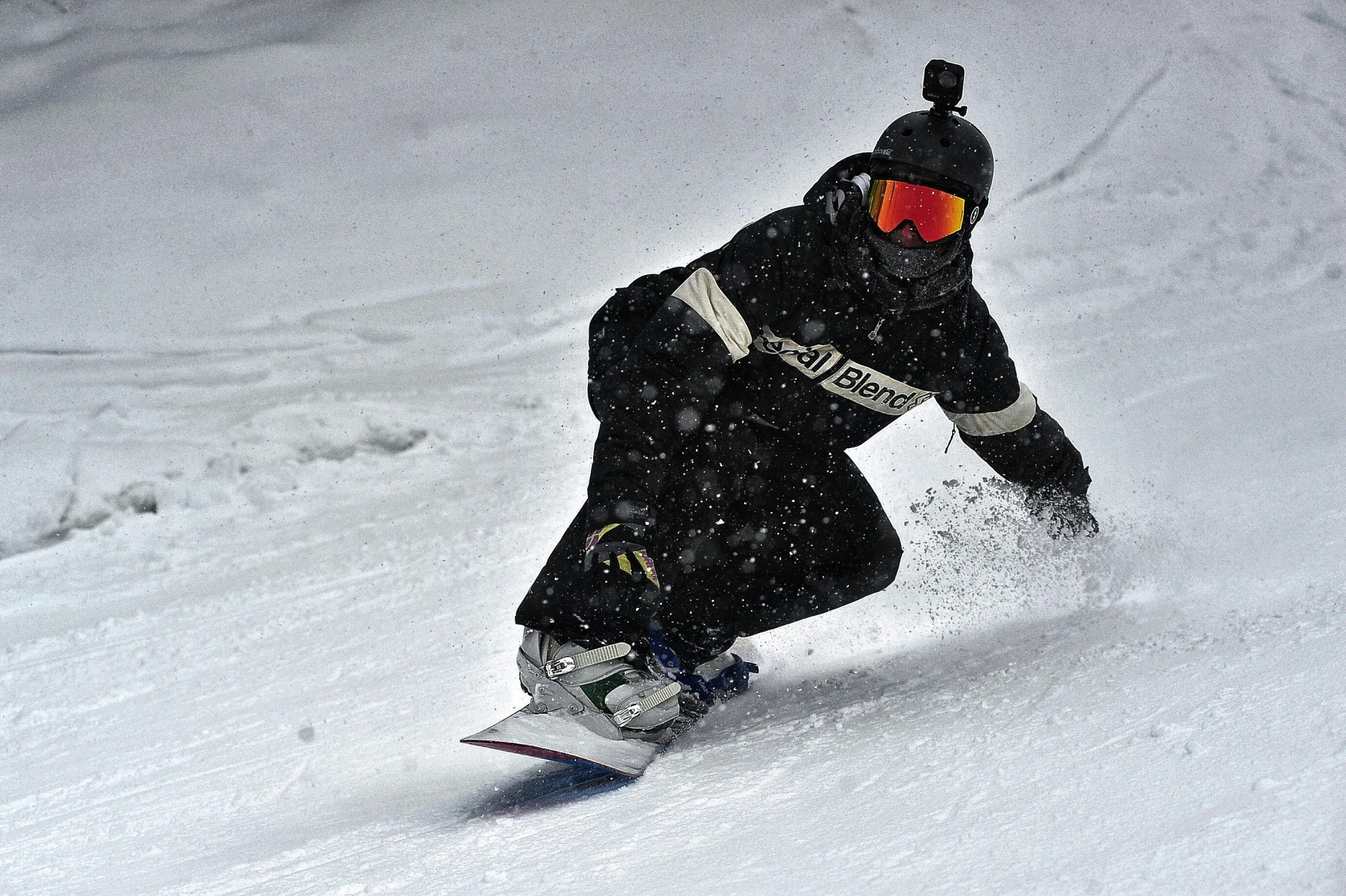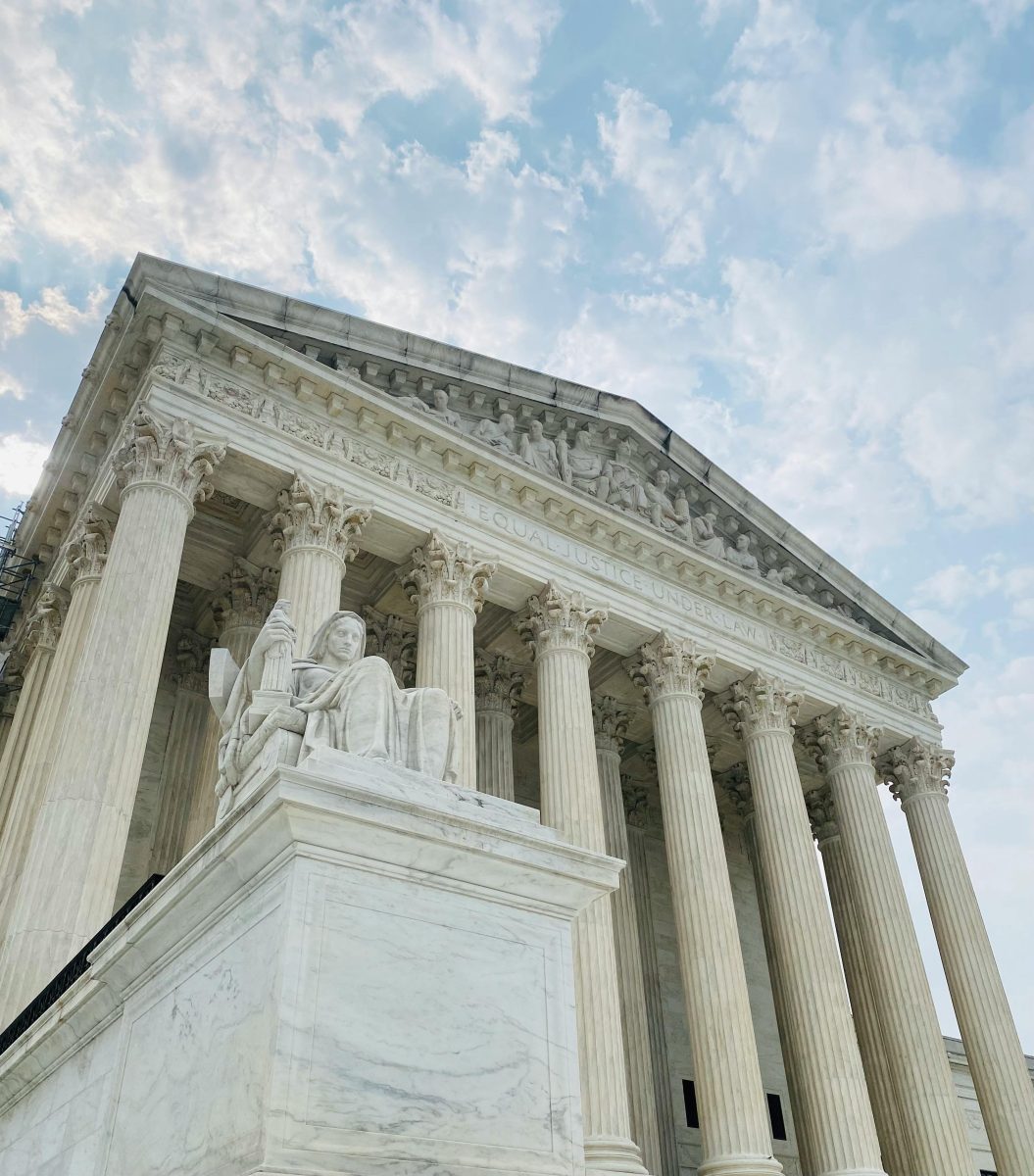As all of the winter enthusiasts get ready and gear up for the snowy season that falls upon us, the debate about whether skiing and snowboarding continue to engage people in conversations. While both of these sports offer thrilling and exciting experiences on the snowy slopes, many argue that skiing has a more safe advantage over snowboarding. Snowboarding has a higher injury rate and also more intense learning curves, people who choose to ski think that it provides a more safe and accessible winter sport experience.
One of the more talked about arguments that are brought up with these discussions in favor of skiing’s safety, is the significant difference between the injury rates of skiing and snowboarding, whereas snowboarding is higher. According to many studies and statistics that were taken, snowboarding tends to have a lot more incidents of severe injuries than skiers, this has a lot to do with the nature of the equipment that is used in both. Since skiers are allowed access to both of their legs they have a lot more freedom when it comes to independent movement and control over each of their limbs. This separation of the legs reduces the risks of a lot of injuries, mainly injuries that have severe effects on the upper body.
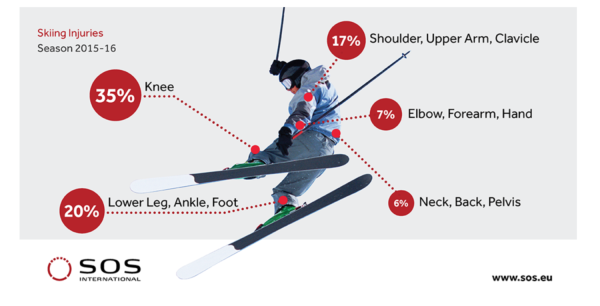
In difference, snowboarders are required to have both of their feet strapped to the board, which doesn’t allow them the ability to separate their legs during falls to try and prevent an injury from occurring. This can cause a higher risk for the snowboarder to have an injury in the wrist and arm area because most instinctively use their arm to break the fall. Whereas skiing and its ability to release the poles during a fall and its more natural posture minimizes the risk of a minor or severe injury.
People who ski also like to argue that the learning curse that is present with skiing is a lot more gentle for newcomers trying to start their journey on the snowy slopes, compared to what people think of snowboarding. Skiing is also often seen as more intuitive for people who are newer to the sport because it allows them to be able to depend on movement that can be related to walking or running. All of that paired with the use of poles that aid in the balance, makes it easier and safer for people to navigate around the slopes without feeling scared and overwhelmed.
Snowboarding on the other hand, it’s often said the learning curve of a newcomer is presented as steeper and more difficult. This is because to feel comfortable going down the slope at a reasonable pace you need to master the art of edge control, balance, and turning a single board, which has proven to be difficult for many. The increased difficulty of snowboarding compared to skiing is a main contributor to the higher risk of falls and injuries in the first few stages of learning how to snowboard. Many skiers use this to argue that their sport provides a safer and smoother experience for newcomers to enjoy the slope with ease, comfort, and confidence.
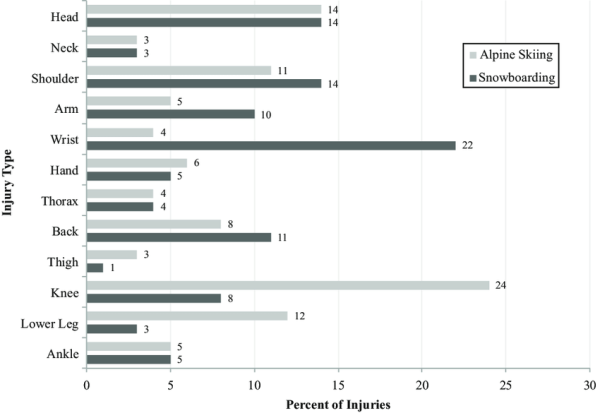
Another reason that adds to the agreeable safeness of skiing is the ability to adapt to the various terrains that you will encounter when on the slopes more easily. Skiers can navigate more difficult slopes, from groomed runs to bushes and powder, with ease. The design of the ski, and the ability to face forward while in motion provides the skiers with better visibility and control when they are faced with these different conditions.
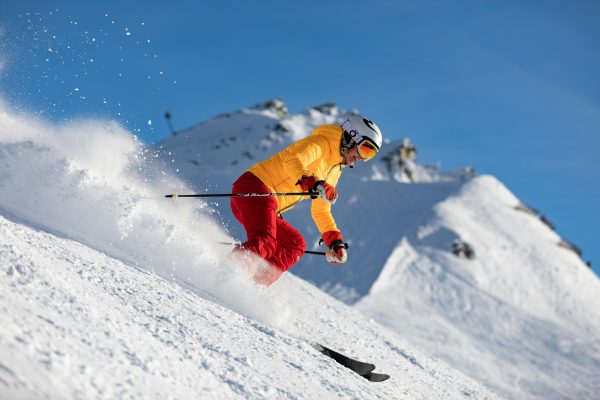
Snowboarders, on the other hand, can find that it is more difficult to handle these more complex terrains, especially at the beginner stages of snowboarding. Navigating through the bushes or deep powder can be more difficult and demanding on snowboarders, which can lead to more falls and injuries. Skiers can argue that the versatility that they have to adapt to the different terrains contributes to a safer experience on the slopes when compared to snowboarding.
In conclusion, while both the sports of skiing and snowboarding offer a thrilling and exciting winter sports experience, the proponents of skiing argue that it holds a safer advantage than snowboarding. The lower incidences of injuries that skiing experiences the more gentle learning curve they are presented with, and the ability to adapt to various terrains are key points in the argument that skiing is safer than snowboarding. It is also important to note that experience, skill level, and preferences also play a big role in the sports safety and enjoyment of each person. In the end, the debate between skiing and snowboarding is very likely to continue, with people on both sides advocating for their preferred method of flying down those snowy slopes.
